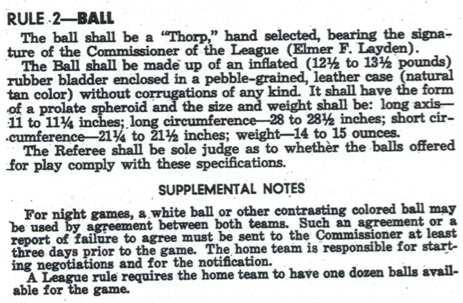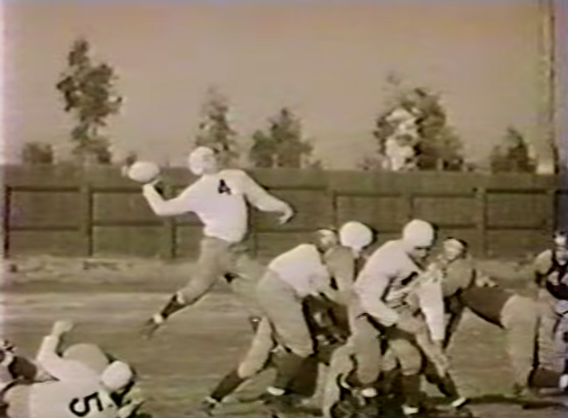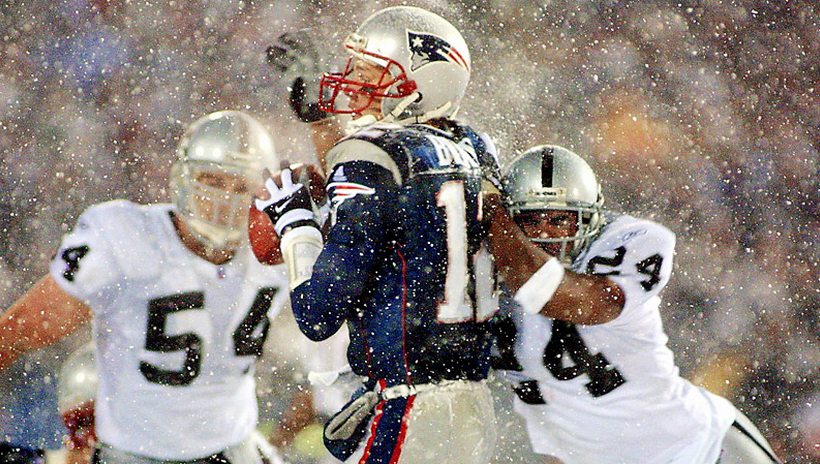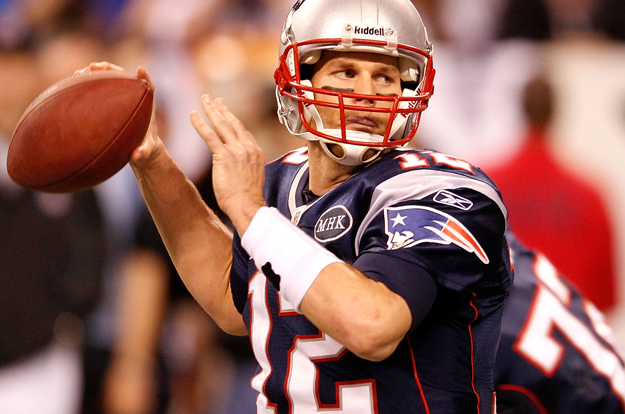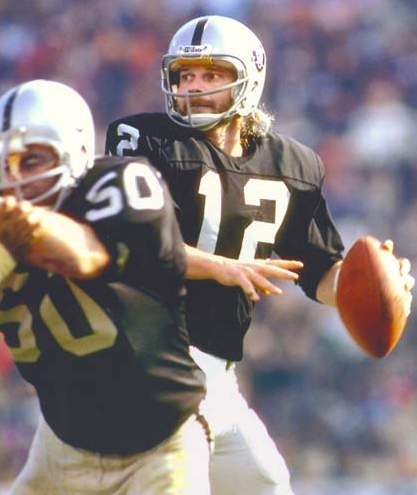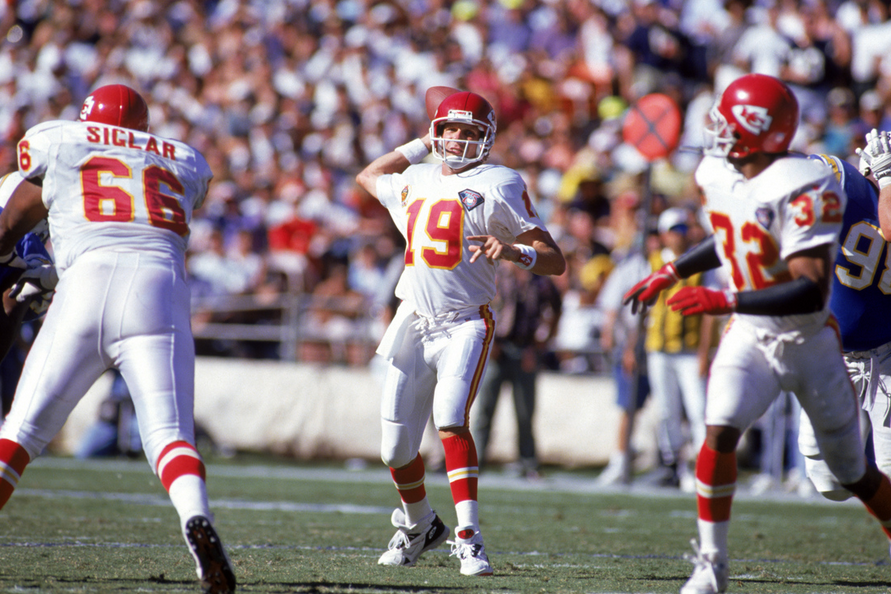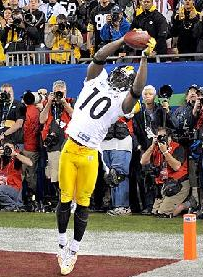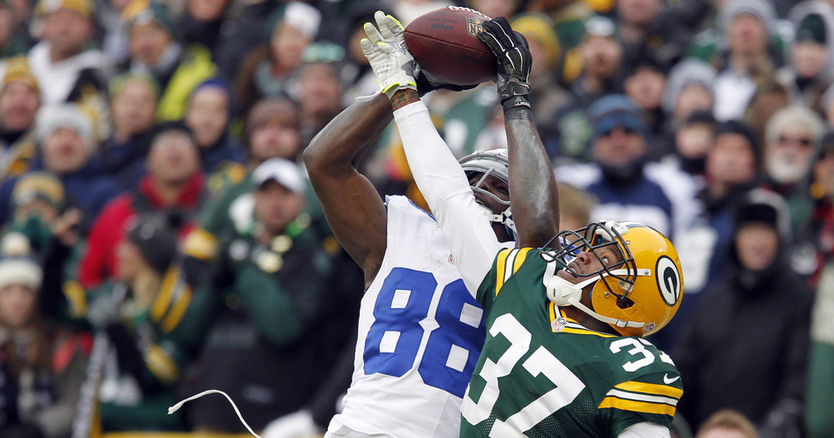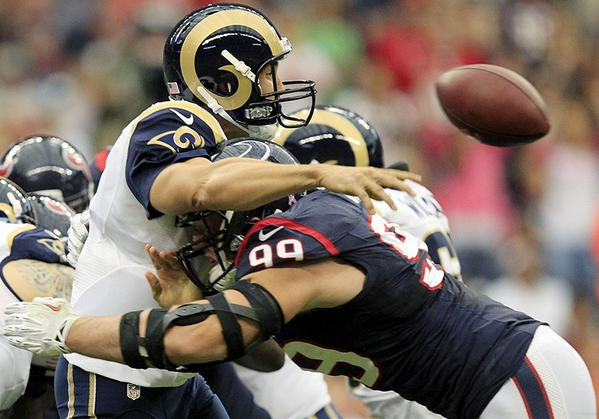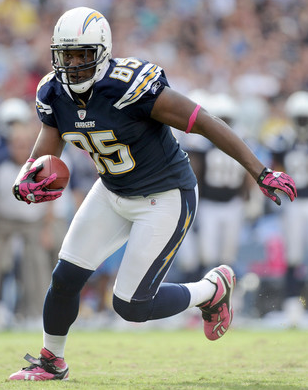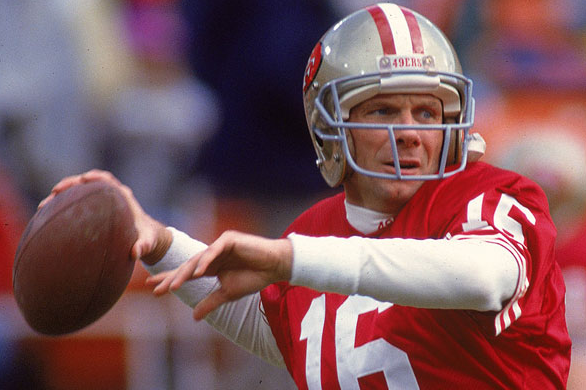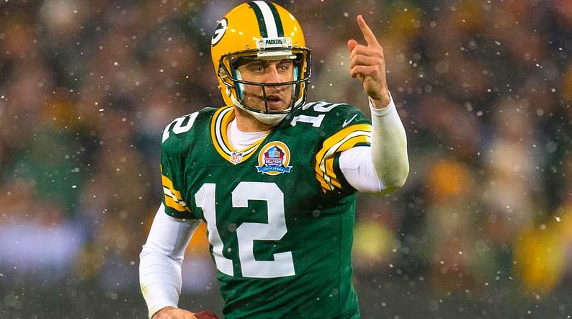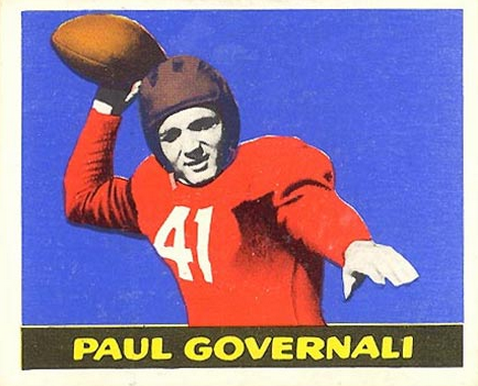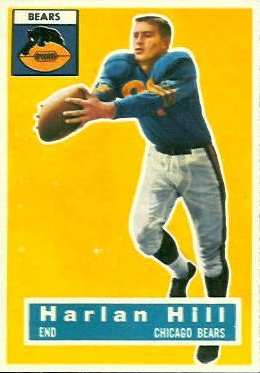Just dug out the transcript of an interview I did with Redskins Hall of Famer Sammy Baugh back in the ’90s. I remembered him talking at some point about manipulating the air pressure in footballs — which happens, of course, to be one of the topics du jour after Sunday’s AFC title game in New England.
We got off on this tangent when I asked Baugh about an old tale: That when the Steelers were playing at home, they’d use the fat, 1920s footballs instead of the slimmer, modern ones to make it harder for opponents to throw against them. (Those early Pittsburgh teams, you see, never placed much emphasis on the pass — indeed, they stuck with the single wing through the ’51 season — so the size of the ball didn’t really matter to them.)
“The home team supplied the balls back then,” Baugh told me, “and if they didn’t have a good passer you wouldn’t get that slim ball, you’d get the big fat one. The Steelers would do that. I 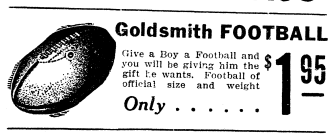 think Goldsmith used to make a ball with 10 laces instead of eight, and it was just fatter than everything. I don’t blame ’em. If I didn’t have a good passer on the team, I’d put that damn fat ball out there, too. You could throw it, but it was a different kind of ball.”
think Goldsmith used to make a ball with 10 laces instead of eight, and it was just fatter than everything. I don’t blame ’em. If I didn’t have a good passer on the team, I’d put that damn fat ball out there, too. You could throw it, but it was a different kind of ball.”
Sammy also volunteered this information, which fits in nicely with Deflate-gate:
“Kelly [Harry “Kelly” Miller], our clubhouse guy, would put the air in the balls we were going to use in the game. One day I asked him, ‘Kelly, how much air do you put in those damn balls?’ He said, ‘Thirteen pounds.’ I said, ‘Put in 11 today.’ So he did. And from then on, every time we played at home, we played with an 11-pound ball instead of 13. I liked the feel of it better. I knew what 13 felt like, and I had played with an 11-pound ball some in college, and it felt better to me.”
This would be fine except that the ball, according to the rules then and now, is supposed to be inflated with between 12.5 and 13.5 pounds of air. Here are the relevant paragraphs from the 1942 Record and Roster Manual:
(I included the supplemental notes for your amusement, specifically the one about the white ball for night games.)
So, by his own admission, Sammy Baugh, one of the greatest passers in pro football history, played with an illegal ball whenever the Redskins were home, a ball he “liked the feel of” better and presumably made him more effective. I’m guessing this more than made up for his annual trips to Pittsburgh, where he’d have to throw that dang Goldsmith ball.
Just thought I’d mention this while the NFL is deciding what, if anything, to do about the Patriots’ situation. Maybe the Pats did deflate the balls, but they certainly aren’t the first to come up with the idea.

